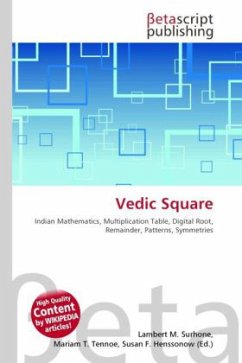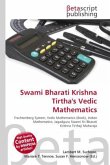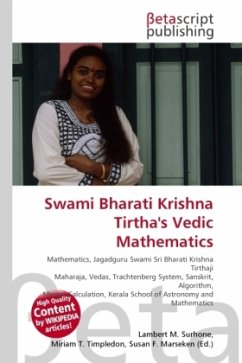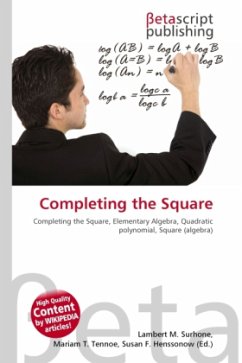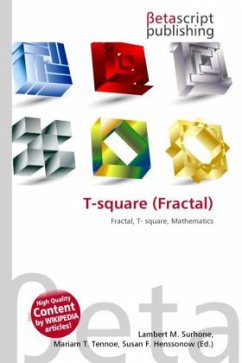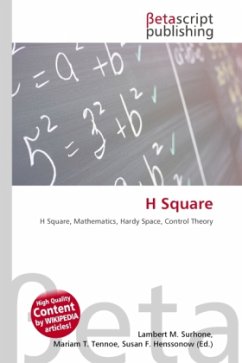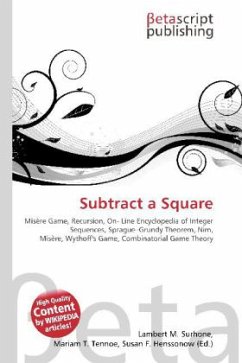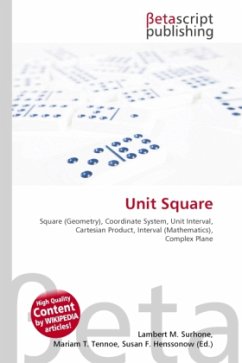High Quality Content by WIKIPEDIA articles! In ancient Indian mathematics, a Vedic square is a variation on a typical 9 × 9 multiplication table. The entry in each cell is the digital root of the product of the column and row headings i.e. the remainder when the product of the row and column headings is divided by 9 (with remainder 0 represented by 9).Numerous geometric patterns and symmetries can be observed in a Vedic square some of which can be found in traditional Islamic art (Pritchard, 2003).If we ignore the ninth column and the ninth row, (which are all nines) we are left with the semigroup {mathbb{Z}/(9), circ} where mathbb{Z}/(9) is the set of positive integers partitioned by the residue classes modulo nine. Also, the operator circ means the abstract "multiplication" between the elements of this semigroup. If {a,b} are elements of {mathbb{Z}/(9), circ} then a circ b can be seen as, atimes b equiv c pmod{9}. Where c=S(atimes b) is the digital root of atimes b.
Bitte wählen Sie Ihr Anliegen aus.
Rechnungen
Retourenschein anfordern
Bestellstatus
Storno

